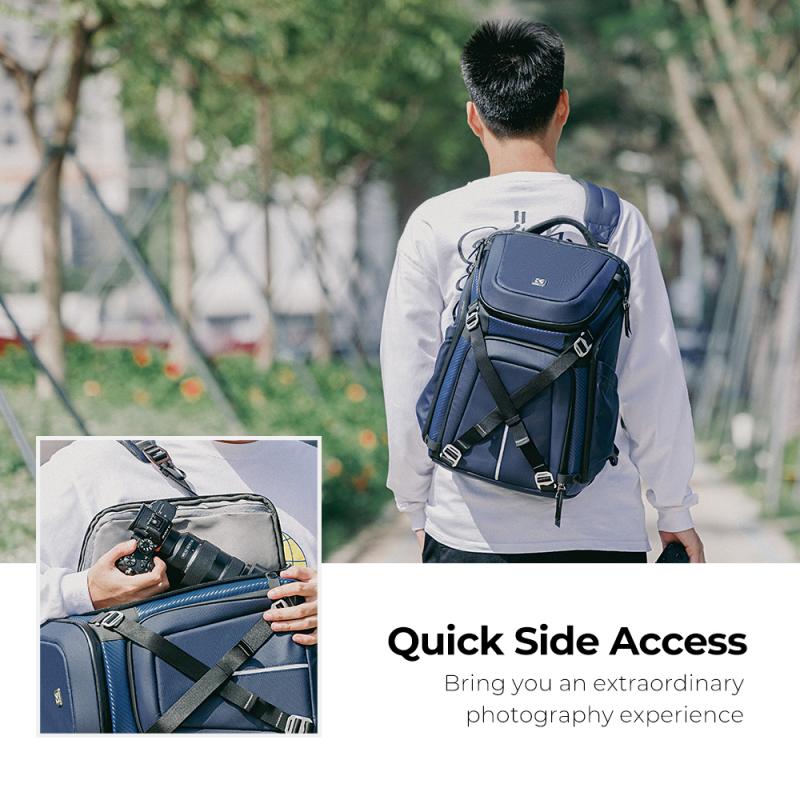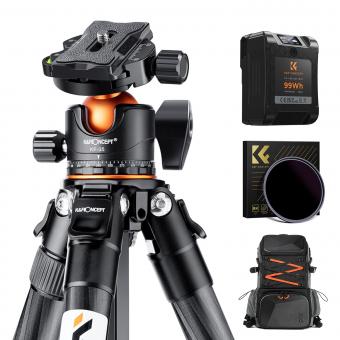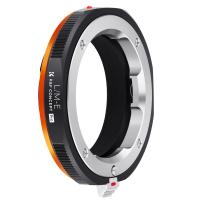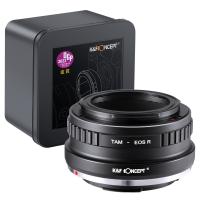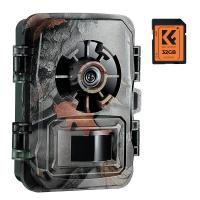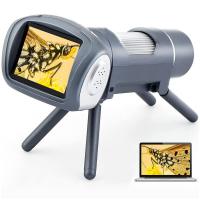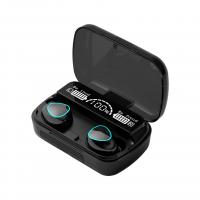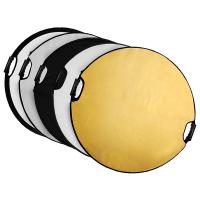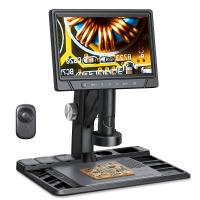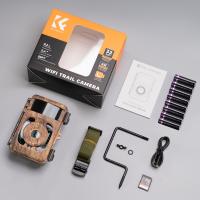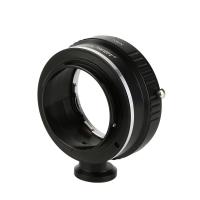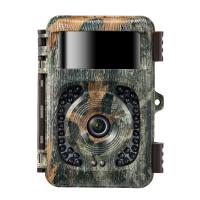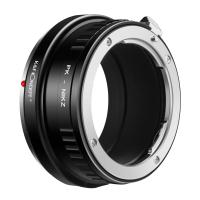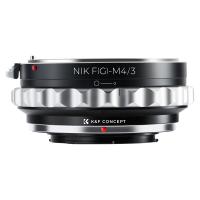What Is Use Of Tripod ?
A tripod is a three-legged stand used to support and stabilize a camera, telescope, or other equipment. The primary use of a tripod is to prevent camera shake and ensure sharp, clear images. By providing a stable base, a tripod allows photographers to use slower shutter speeds and smaller apertures without the risk of blurring or distortion. This is particularly important in low-light situations or when using telephoto lenses, which can magnify even the slightest movement. Tripods also allow for precise framing and composition, as they enable photographers to make small adjustments to the camera's position without having to hold it steady themselves. Additionally, tripods can be used to support other equipment, such as lighting or audio gear, making them a versatile tool for a range of creative endeavors.
1、 Stability and Support for Cameras and Other Devices
A tripod is a three-legged stand that provides stability and support for cameras and other devices. It is an essential tool for photographers and videographers who want to capture sharp and steady images or videos. The primary use of a tripod is to keep the camera steady and prevent camera shake, which can result in blurry images or videos.
In addition to providing stability, a tripod also allows photographers and videographers to position their cameras at different angles and heights. This flexibility is particularly useful for capturing shots from unique perspectives or in challenging environments. For example, a photographer may use a tripod to capture a low-angle shot of a flower or a videographer may use a tripod to capture a high-angle shot of a crowd.
Moreover, the latest point of view is that tripods are not just limited to cameras and video cameras. They can also be used to support other devices such as smartphones, tablets, and even microphones. This versatility makes tripods an essential tool for content creators who want to produce high-quality content across different platforms.
In conclusion, the use of a tripod is essential for photographers and videographers who want to capture sharp and steady images or videos. It provides stability and support for cameras and other devices, allowing for flexibility in positioning and capturing shots from unique perspectives. With the latest advancements, tripods have become more versatile and can support a range of devices, making them an essential tool for content creators.
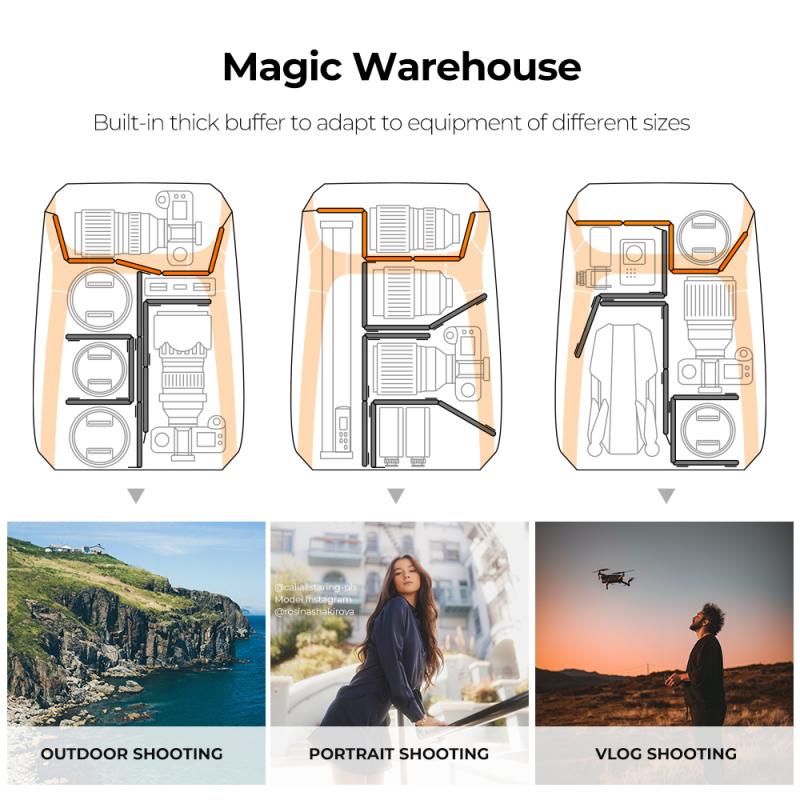
2、 Versatility in Angles and Perspectives
What is use of tripod? A tripod is a three-legged stand that is used to support a camera or other equipment. The primary use of a tripod is to provide stability to the camera, which helps to prevent camera shake and produce sharper images. However, the use of a tripod goes beyond just stability. One of the most significant benefits of using a tripod is the versatility in angles and perspectives that it provides.
With a tripod, you can easily adjust the height and angle of your camera to capture shots from different perspectives. This is particularly useful when shooting landscapes, architecture, or portraits. You can also use a tripod to capture long exposures, which can create stunning images of waterfalls, star trails, and cityscapes.
In addition to providing stability and versatility, tripods also offer other benefits. They can help you to compose your shots more precisely, as you can take your time to adjust the camera and frame the shot exactly as you want it. Tripods also allow you to use slower shutter speeds, which can help to capture more light and create a sense of motion in your images.
Overall, the use of a tripod is essential for any photographer who wants to take their photography to the next level. With the versatility in angles and perspectives that it provides, a tripod can help you to capture stunning images that you might not be able to achieve otherwise.
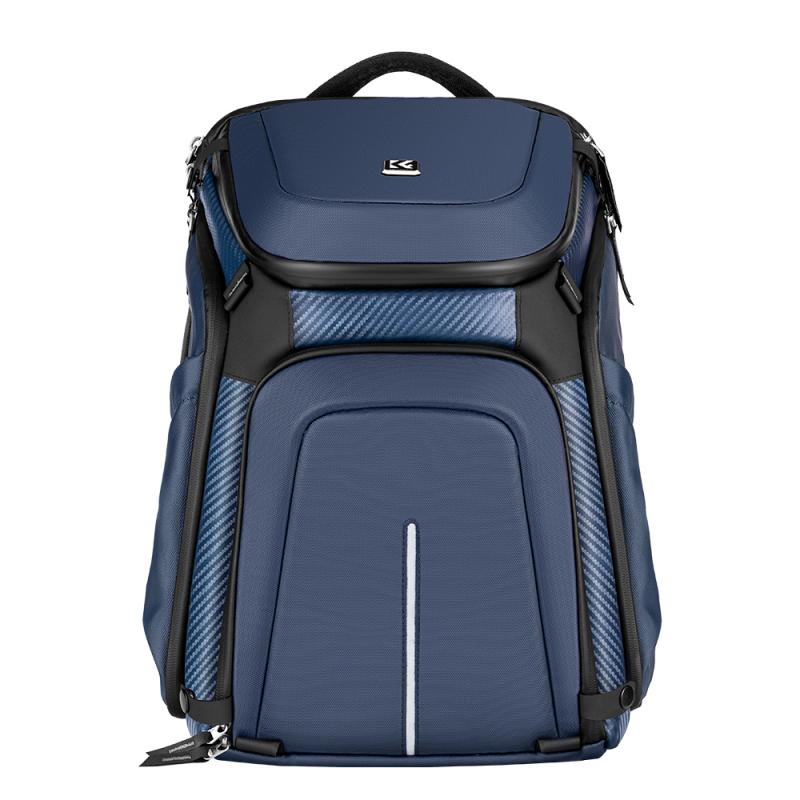
3、 Improved Image and Video Quality
The use of a tripod is essential for improving image and video quality. A tripod provides stability and support to the camera, which reduces camera shake and produces sharper images and videos. It also allows for longer exposure times, which can result in better low-light performance and more creative effects such as motion blur or light trails.
In addition to stability, a tripod also enables precise framing and composition. It allows the photographer or videographer to adjust the height, angle, and orientation of the camera with ease, resulting in more accurate and intentional shots. This is especially important for landscape, architecture, and product photography, where precise framing and alignment are crucial.
Moreover, a tripod can also be used for time-lapse photography, panoramic shots, and self-portraits. It can hold the camera steady for extended periods, making it possible to capture long sequences of images or create seamless panoramas. It can also be used to take self-portraits or group shots, as it eliminates the need for someone to hold the camera.
In recent years, the use of tripods has become even more important with the rise of video content creation. With the popularity of vlogging, live streaming, and social media videos, a tripod is essential for creating stable and professional-looking footage. It allows for smooth panning and tilting, which can make a significant difference in the overall quality of the video.
In conclusion, the use of a tripod is crucial for improving image and video quality. It provides stability, precision, and versatility, making it an essential tool for photographers and videographers of all levels.
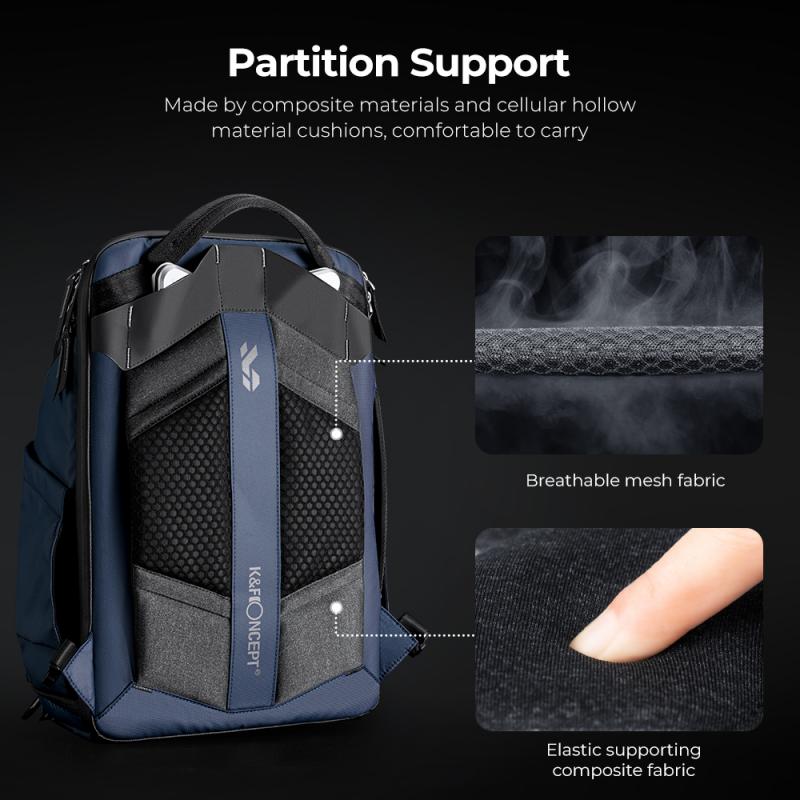
4、 Time-Lapse and Long Exposure Photography
What is the use of a tripod in time-lapse and long exposure photography? A tripod is an essential tool for any photographer, especially when it comes to time-lapse and long exposure photography. These techniques require a stable camera position for an extended period of time, and a tripod provides just that.
In time-lapse photography, a tripod ensures that the camera remains in the same position throughout the entire sequence. This is important because any movement or shake in the camera can ruin the final product. A tripod also allows the photographer to adjust the camera's angle and composition without having to worry about losing the original position.
Similarly, in long exposure photography, a tripod is necessary to keep the camera steady during the extended exposure time. This technique involves leaving the camera's shutter open for several seconds or even minutes, which can result in blurry images if the camera moves even slightly. A tripod ensures that the camera remains still, resulting in sharp and clear images.
Moreover, with the latest advancements in technology, tripods have become more versatile and user-friendly. Many tripods now come with features such as adjustable legs, ball heads, and quick-release plates, making them easier to use and more adaptable to different shooting situations.
In conclusion, a tripod is an essential tool for time-lapse and long exposure photography. It provides stability and allows photographers to capture sharp and clear images. With the latest advancements in technology, tripods have become even more useful and versatile, making them a must-have for any photographer.
